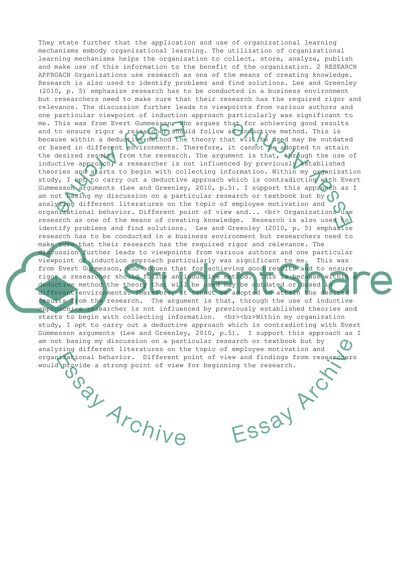Cite this document
(“CAL Final Literature Essay Example | Topics and Well Written Essays - 3000 words”, n.d.)
Retrieved de https://studentshare.org/management/1390238-cal-final-literature
Retrieved de https://studentshare.org/management/1390238-cal-final-literature
(CAL Final Literature Essay Example | Topics and Well Written Essays - 3000 Words)
https://studentshare.org/management/1390238-cal-final-literature.
https://studentshare.org/management/1390238-cal-final-literature.
“CAL Final Literature Essay Example | Topics and Well Written Essays - 3000 Words”, n.d. https://studentshare.org/management/1390238-cal-final-literature.


